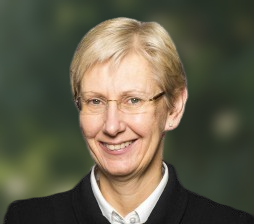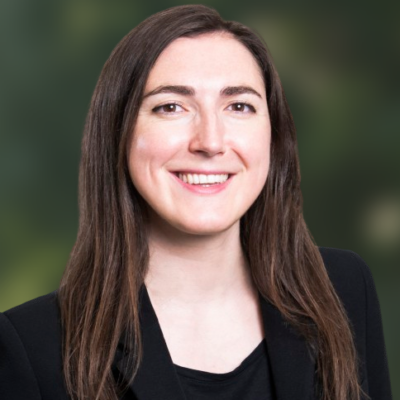21/07/2020
Uber BV v Aslam
In the Supreme Court on 21 and 22 July 2020.
[2019] ICR 845, CA
[2018] IRLR 97, EAT
[2017] IRLR 4, ET
Facts
In this case the drivers argue Uber is a transportation company for whom they provide services as “workers”. Uber disagrees, arguing it is a technology services provider acting as an agent for drivers in their business relationship with passengers. The question for the Court is whether the drivers are “workers” for the purposes of s.230(3)(b) of the Employment Rights Act 1996, s.54(3)(b) of the National Minimum Wage Act 1998 and reg.2(1) of the Working Time Regulations 1998. If this threshold is passed, a further issue is when the drivers are workers. Possible options include: (1) from the collection of the passenger until the driver reaches the passenger’s destination, (2) from the moment a booking is accepted until the passenger is dropped off, (3) any time when the driver is in the relevant territory with the Uber app switched on. This case is important as it provides an opportunity for the Supreme Court to provide guidance on the interpretation of Autoclenz v Belcher [2011] UKSC 41 and the correct approach to when it is permissible to disregard written contractual terms in an employment context.
Previous decisions
The EAT upheld the ET’s conclusion that the relationship between Uber and the drivers was not one of agent and principal. In reality, drivers entered into contracts with Uber as “workers” and were integrated into Uber’s business of providing transportation services. It did not matter that factors pointing to Uber’s control were partly a result of Uber’s regulatory requirements as a private hire vehicle operator licence holder. In any event, Uber’s practices went far beyond regulatory requirements; there was no requirement for Uber to have an interview and induction process or to resolve complaints without recourse to drivers. HHJ Eady QC (as she then was) held that a “more difficult question” arose in respect of the ET’s conclusion that Uber drivers were workers in between accepting assignments when they were driving in the relevant territory with the Uber app switched on (§119). She held that this was a permissible conclusion for the ET to make, noting that there was an element of mutuality of obligation during this period because drivers were told to “accept at least 80% of trip requests” to retain their account status and therefore were at Uber’s disposal (§124). She added, “If, however, it is genuinely the case that drivers are able to also hold themselves out as at the disposal of other PHV (private hire vehicle) operators when waiting for a trip, the same analysis would not apply” (§126).
A majority in the Court of Appeal (Sir Terence Etherton and Bean LJ) dismissed Uber’s appeal holding that Autoclenz affords a tribunal the power to “disregard the terms of any contract created by the employer in so far as it seeks to characterise the relationship between the employer and the individuals who provide it with services (whether employees or workers) in a particular artificial way” (§49). Rather, the true agreement may be determined by examining all of the circumstances. It was relevant that Uber’s public statements suggested it ran a transportation business and that Uber is a private hire vehicle operator in accordance with regulatory requirements under the Private Hire Vehicles (London) Act 1998. The majority considered a number of factors relevant when considering the true relationship, including that Uber: interviews drivers, fixes fares, uses a performance management/disciplinary procedure and determines complaints by passengers (§96). On the question of when the drivers are workers, the majority held that, even if drivers are not obliged to accept 80% of trips, the high level of acceptances and the penalty of being logged off if three consecutive trips are not accepted justified the ET’s conclusion that drivers are workers when driving in the territory with the app switched on. However, the majority agreed with the EAT’s warning that this conclusion would be difficult to maintain for a driver working for multiple private hire vehicle companies: “If a particular driver had entered into an obligation of the same nature for another entity and also had the rival app switched on then, as a matter of evidence, Uber would be able to argue that that driver was not at Uber’s disposal” (§104).
In his dissent, Underhill LJ disagreed with the majority’s interpretation of Autoclenz. He held that Autoclenz “does not permit the re-writing of agreements only because they are disadvantageous. Protecting against abuses of inequality of bargaining power is the role of legislation” (§147). In his view, there was no inconsistency between the written terms and the working arrangements and he would have allowed the appeal.
Oliver Segal QC and Melanie Tether are counsel for one group of drivers, instructed by Leigh Day.
Case summary written by Serena Crawshay-Williams.












